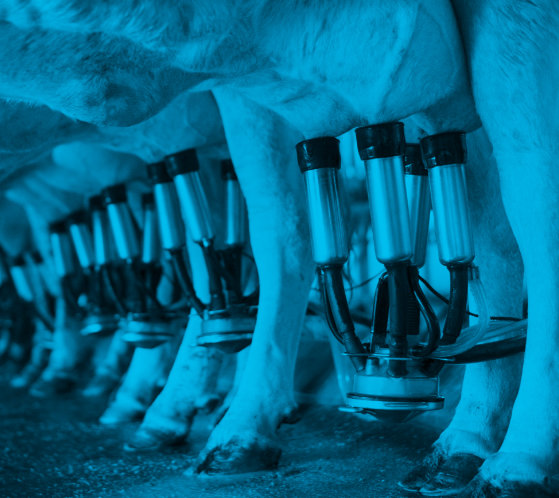Rumen health
and animal
performance:
What you need
to know.
For dairy operations, animal health and production are the number-one concerns. The primary driver of energy and performance is a healthy rumen. The healthier the rumen, the healthier and more productive the animal.
Importance of
the rumen.
At the heart of an animal’s overall health and performance is the rumen, the second and most dynamic of the four compartments of the stomach in the dairy cow.
The healthy rumen
and production
of VFAs.
The rumen’s microbes begin the fermentation process and produce volatile fatty acids, which are absorbed and converted into energy substrates — the animal’s primary energy sources of growth and lactation.
What causes
an imbalanced rumen.
The energy-dense, high-starch
grains in a traditional dairy ration
increase the amount and types of
VFAs produced. This can produce
too much acid too fast, causing
an imbalance in the rumen and
drop in pH level.
Acidosis and cyclical feeding.
Subacute acidosis happens at a pH of below 5.6, which causes the dairy animal to feel unwell and reduce its feed intake. Once the pH sustains a level of 5.4, the animal is in full acidosis and stops eating altogether.
OneTrak benefits.
OneTrak replaces a portion of the grains in a typical diet with a high-energy, high-fiber source, promoting a balanced rumen, consistent eating patterns and greater gain.
resources here >









